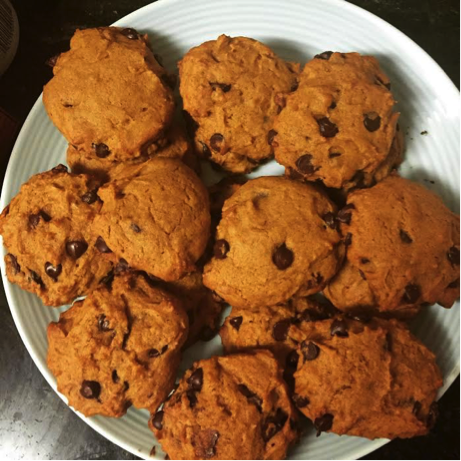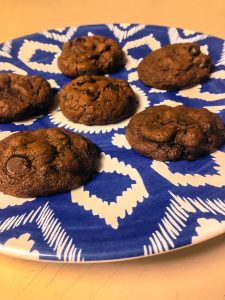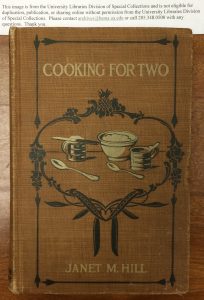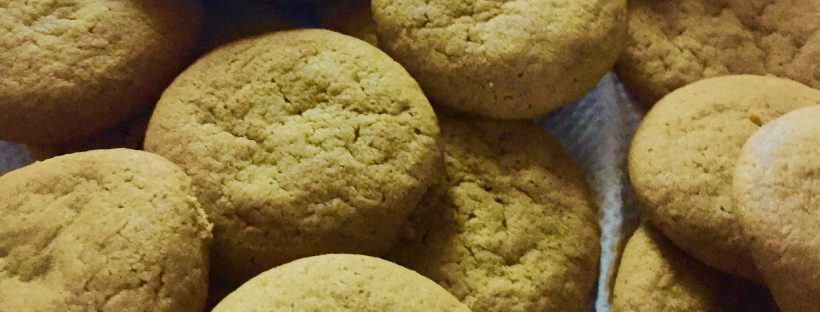“The flavors of childhood foods seem to leave an indelible mark, and adults often return to them, without always knowing why” –Eric Schlosser, “Why the Fries Taste so Good”
Smells can be associated with so many things: they can evoke memories and emotions and remind you of a specific moment in your life. Whether it’s that perfume your mom wore growing up, or the smell of your favorite pizza place that you loved in high school, smells are a powerful tool that can constantly bring up different memories. In his article “Why the Fries Taste So Good,” Eric Schlosser writes about how powerful smell is when it comes to our appetites and memories, and how it effects what we like to eat. Schlosser criticizes the major manufacturing of smells and tastes that Americans adore so much, and explains the science behind why humans’ appetites are so affected by the smells of different foods. Continue reading





